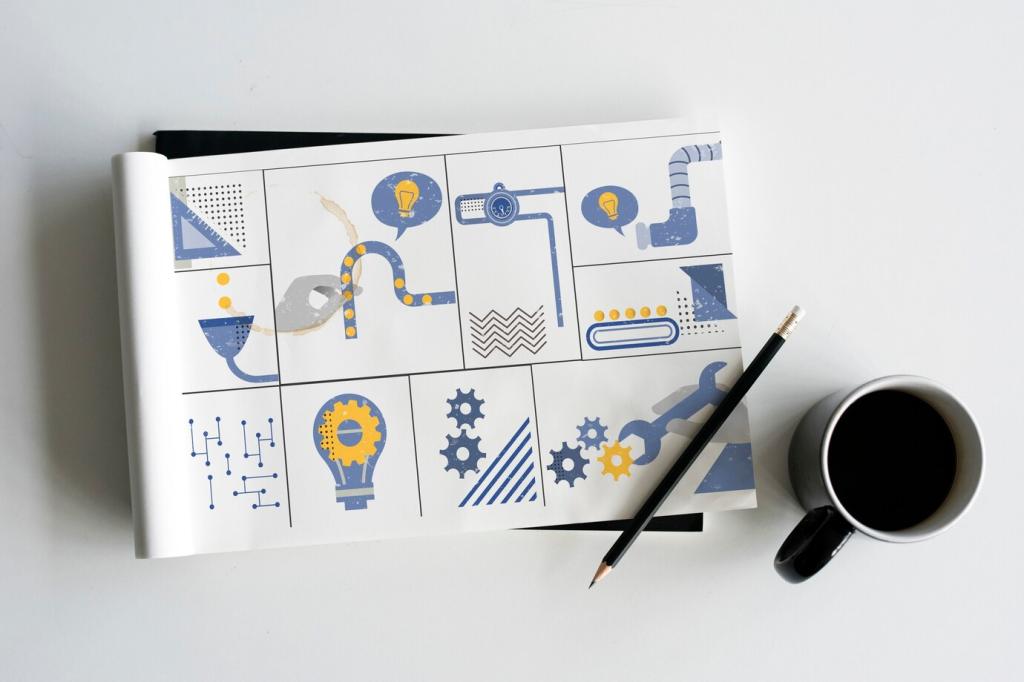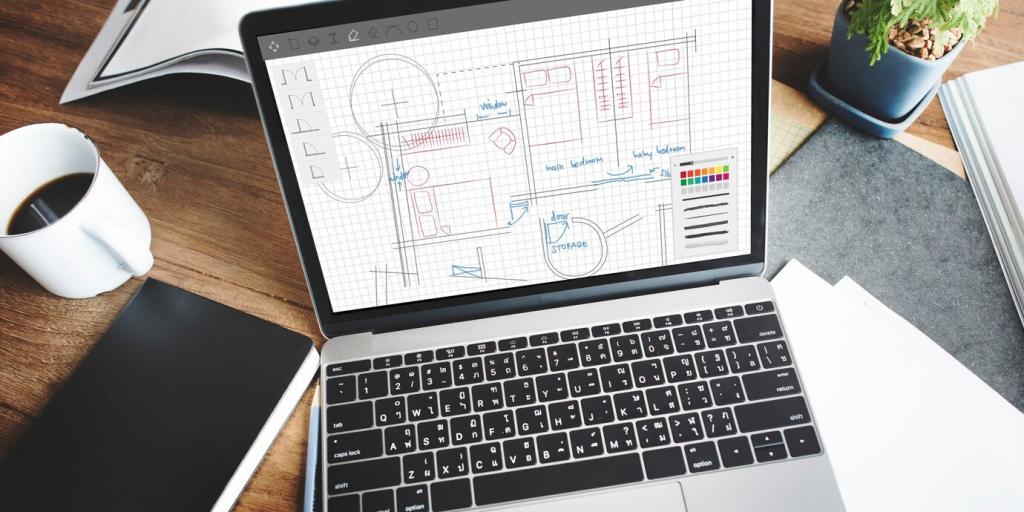Marketplace UX Design Tools and Resources
Welcome to your go-to hub for designing thriving two‑sided experiences where trust, liquidity, and simplicity meet. We explore practical toolkits, field‑tested resources, and inspiring stories that level up marketplace UX from first impression to successful transaction. Subscribe, share your lessons, and help the community grow. Chosen theme: Marketplace UX Design Tools and Resources.
Mapping the Two‑Sided Journey
Empathy maps for buyers and sellers
Use Miro or FigJam empathy map templates to capture distinct motivations, anxieties, and success criteria for both sides of your marketplace. Invite your team to annotate in real time, then comment below with your favorite prompts for surfacing unspoken concerns.

Wireframing and Prototyping Stacks for Marketplaces
Create reusable listing cards with states for availability, verification badges, average ratings, and return policies. Lean on Auto Layout, variables, and variant properties to scale patterns safely. Drop a note if your badges improved conversion or reduced buyer hesitation.


Wireframing and Prototyping Stacks for Marketplaces
Prototype multi‑step flows in Figma or ProtoPie, including fee breakdowns, hold timelines, and dispute entry points. Annotate each screen with intent and data sources. Invite stakeholders to click through and comment where trust wobbles or terminology feels unclear.
Research and Testing Resources that Surface Cross‑Side Needs
Build panels through UserInterviews or Respondent with screeners that verify transaction history, dispute exposure, and device mix. Incentivize fairly for time and expertise. Comment with your best screener question for identifying power sellers or comparison shoppers.
Research and Testing Resources that Surface Cross‑Side Needs
Run quick tasks in Maze: create a listing, refine filters, message a seller, and compare delivery options. Measure time‑to‑first‑meaningful‑result and error recovery. Share which filter labels or default sorts unlocked the most clarity for your users.
Research and Testing Resources that Surface Cross‑Side Needs
A/B test identity verification phrasing, insurance explanations, and escrow clarity. In one project, reframing verification as a benefit to both parties increased completion noticeably. Tell us which trust element produced the biggest lift without feeling heavy‑handed.
Design Systems Purpose‑Built for Marketplaces
Define design tokens for pricing emphasis, trust indicators, and status colors that meet contrast ratios. Manage them with Tokens Studio and sync to code. Share how you communicate token usage so engineers never guess at the right emphasis.


Design Systems Purpose‑Built for Marketplaces
Build listing cards as composable modules: media, pricing, seller credibility, and CTAs. Use Figma variants to handle shipping types, discounts, and limited stock. Comment with your smartest state logic that kept complexity manageable.
Data‑Informed Design and Experimentation
Track match rate, time‑to‑first‑transaction, repeat purchase cadence, and seller responsiveness alongside NPS. Create shared dashboards that map UX changes to liquidity outcomes. Which metric most reliably predicted marketplace vitality for your team?
Accessibility, Performance, and Mobile Readiness
Ensure focus states, keyboard navigation, and semantic landmarks for grids and filter panels. Use aria‑live regions for dynamic updates. Tell us how you balanced infinite scroll with skip links or pagination for better accessibility.


Use concise PRDs or design briefs that state liquidity hypotheses, risk assumptions, and measurement plans. Review together before moving pixels. Share a template or section that made your briefs dramatically clearer for stakeholders.

Lean on Figma Dev Mode, Zeplin specs, and token sync to code. Annotate state logic, empty states, and error scenarios. Tell us which annotation convention prevented the most production misunderstandings.

Centralize decisions in Notion or Confluence with links to prototypes, research clips, and dashboards. Keep a changelog of policy shifts and experiments. If you maintain a decision log, what format made it stick for busy teams?
